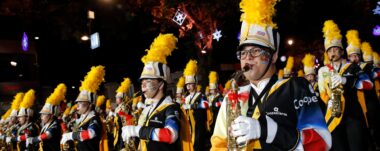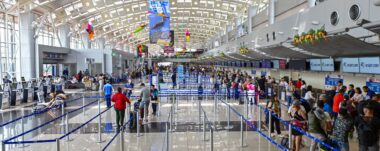San Lucas is a prison island in Costa Rica that is being transformed into a national park and tourist site
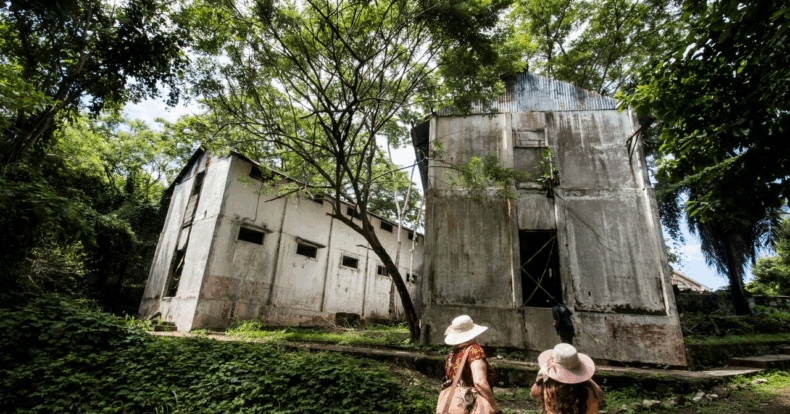
San Lucas
Ten miles from the city of Puntarenas, in the Golfo de Nicoya, lies the island of San Lucas. For more than a century, it served as a prison that left a strong mark on Costa Rica’s penitentiary history. Today, that same territory is the San Lucas Island National Park, open to the public with trails, beaches, and areas for wildlife observation.
San Lucas Island: from prison to national park
Between 1873 and 1991, the island served as a penitentiary. In its early years, it was used to incarcerate political opponents under the military government of Tomás Guardia. Later on, it became a maximum‑security prison reserved for individuals deemed highly dangerous. The conditions endured by the inmates were extreme, as recounted by the writer José León Sánchez in his novel The Island of Lonely Men, based on his own experience as a prisoner there.
One of the most infamous areas of the prison is the punishment cell, located in an underground pit at the center of the main yard, where those caught attempting to escape were sent. The space still remains, alongside other sections such as the wings, dungeons, the commandant’s office, and the dispensary. Many of the interior walls bear drawings and markings left by the inmates.
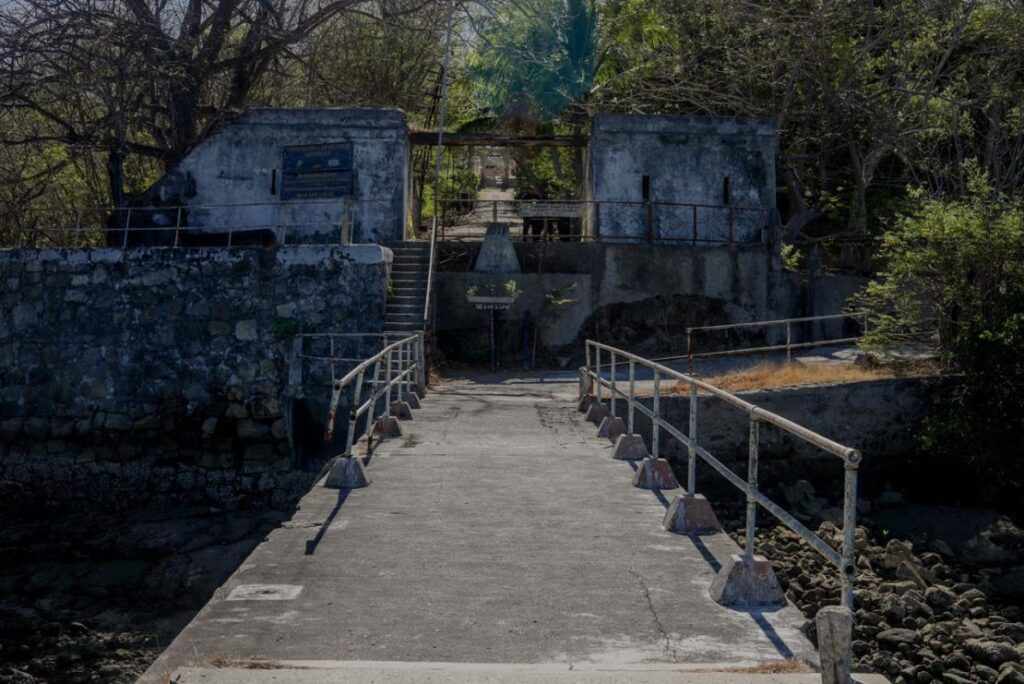
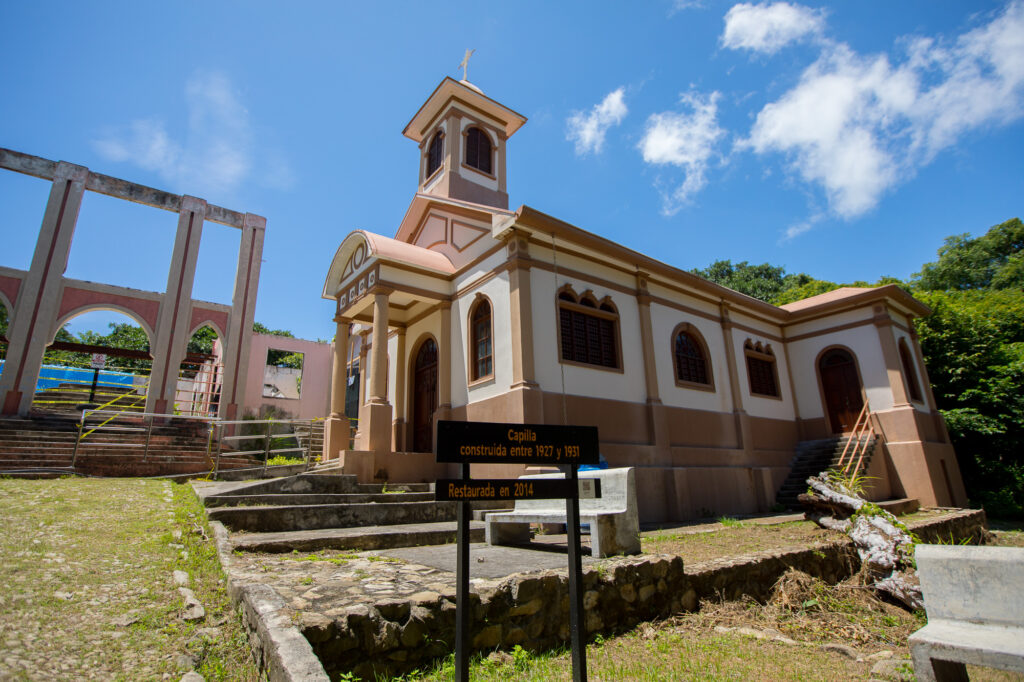
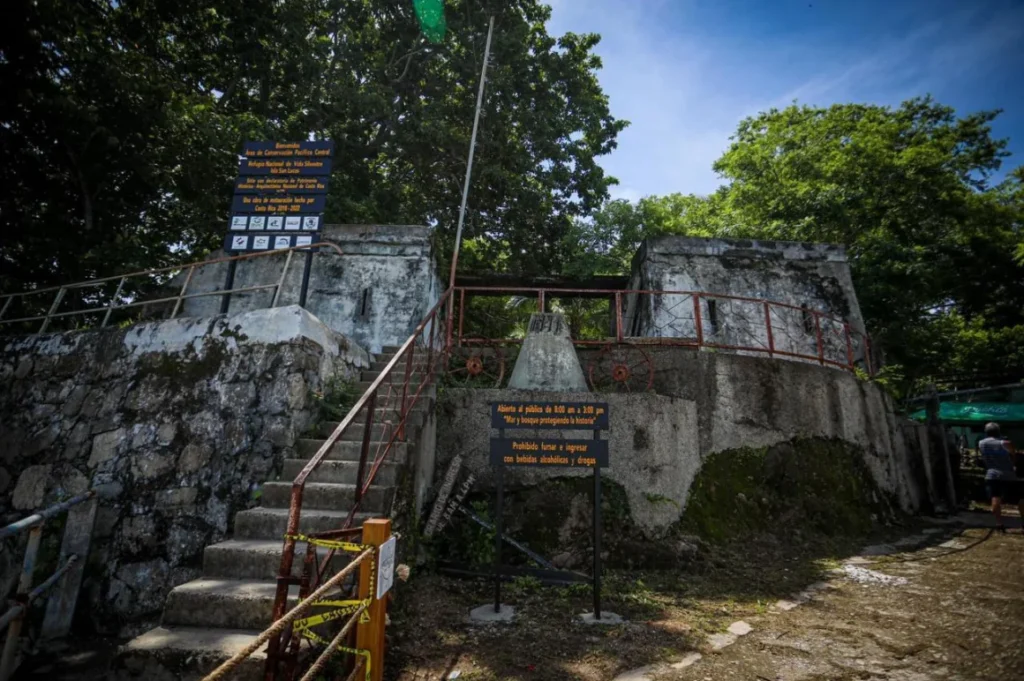
Restoration and opening to the public
After its closure in 1991, the island was declared a site of architectural interest in 1995 and a wildlife refuge in 2001. It wasn’t until August 2020 that the site reopened to the public as part of the government’s “Ruta de Reactivación Isla San Lucas” project. The plan included work to establish trails, reinforce structures, and improve access, all in compliance with health regulations due to the COVID‑19 pandemic.
Claudia Dobles, the architect and advocate of the initiative, highlighted that the island encompasses elements of historical, natural, and cultural value.
Current tour and infrastructure
Today, the park features a network of trails that traverse its 500 hectares. Visitors can observe the remnants of the penitentiary facilities and walk through areas of tropical forest inhabited by a variety of species. At least 40 bird species and 17 reptile species have been documented, as well as mammals such as white‑tailed deer, iguanas, squirrels, agoutis, and pacas.
Among the sites open to visitors are:
- El Atracadero (the pier): a concrete structure providing sea access.
- La Calzada de Piedra (the stone causeway): the old stone path that connects various parts of the island.
- La Capilla (the Chapel): a religious building of symbolic value.
- La Comandancia (the Commandant’s Office): part of the administrative core of the former penitentiary.
- Los Pabellones (the Pavilions): the historic incarceration sectors of the former prison.
- Los Calabozos de Acceso (the Access Dungeons): confinement cells.
- El Dispensario (the Dispensary): the area designated for medical care.
- Barrio Las Jachas (Las Jachas Neighborhood): an area showcasing the island’s diverse forms of life.
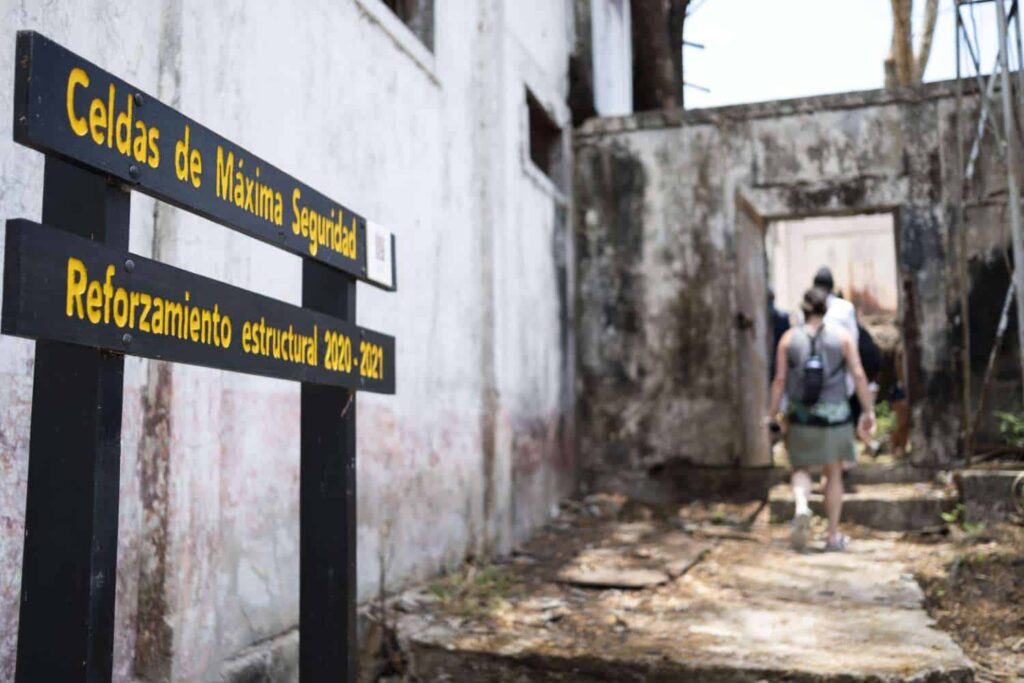
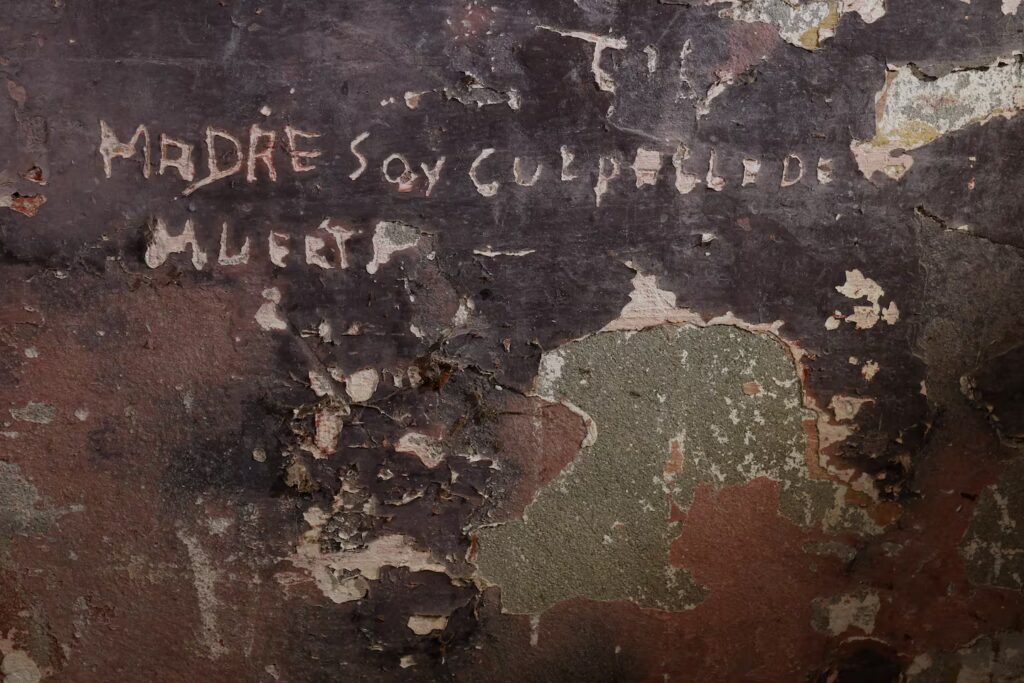
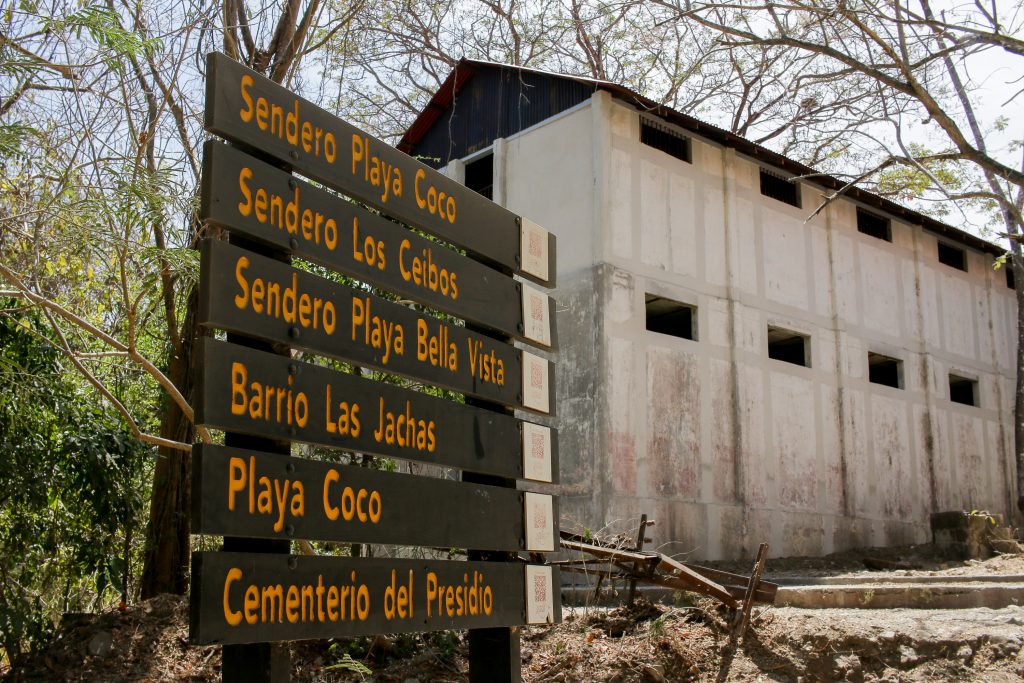
The tour of San Lucas combines both cultural and ecological points of interest. Although the site retains much of its original structure, the modifications made are intended to facilitate its use for educational and touristic purposes without altering its character.
A story that endures
The history of Isla San Lucas has been compared to that of other prison islands, such as Alcatraz in the United States. Its opening as a national park allows for the preservation of a part of the country’s heritage while promoting awareness of its ecosystems and its past.
San Lucas is no longer a place of isolation. Today, it’s accessible to the public, with infrastructure that supports visits and a natural setting that coexists with the remnants of its history.
Sensorial Sunsets
Navigate articles




